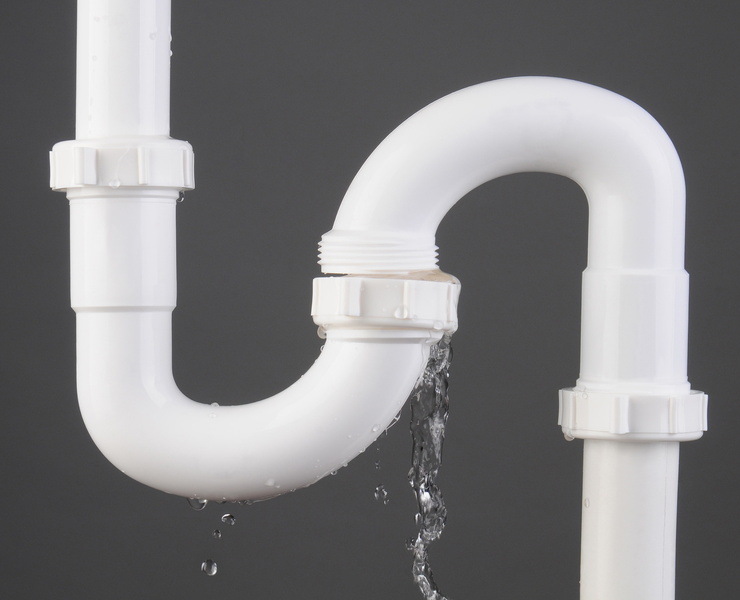What're your thoughts regarding Top leak detection hacks?

Early discovery of dripping water lines can mitigate a prospective catastrophe. Some small water leakages might not be noticeable.
1. Check Out the Water Meter
Checking it is a surefire way that aids you find leaks. If it moves, that shows a fast-moving leak. This implies you may have a slow-moving leak that could also be below ground.
2. Check Water Intake
Examine your water bills and also track your water usage. As the one paying it, you ought to notice if there are any kind of inconsistencies. If you find sudden changes, despite your intake being the same, it means that you have leakages in your plumbing system. Keep in mind, your water costs should drop under the exact same range on a monthly basis. An unexpected spike in your bill shows a fast-moving leak.
A constant boost every month, also with the same routines, shows you have a sluggish leakage that's also gradually rising. Call a plumber to completely examine your home, specifically if you feel a warm area on your flooring with piping underneath.
3. Do a Food Coloring Test
30% comes from toilets when it comes to water usage. Examination to see if they are running effectively. Drop specks of food shade in the container as well as wait 10 mins. If the color somehow infiltrates your bowl throughout that time without flushing, there's a leakage between the tank as well as dish.
4. Asses Outside Lines
Don't fail to remember to inspect your exterior water lines too. Test spigots by connecting a yard pipe. Needs to water seep out of the connection, you have a loose rubber gasket. Replace this as well as make certain all links are limited. If you have actually obtained an automatic sprinkler, it will certainly aid get it professionally analyzed and preserved yearly. One small leak can squander tons of water and spike your water bill.
5. Check as well as Evaluate the Situation
Homeowners must make it a practice to check under the sink counters and also also inside cabinets for any bad odor or mold and mildew growth. These two warnings suggest a leak so punctual interest is required. Doing regular assessments, also bi-annually, can save you from a major trouble.
Inspect for stainings and deteriorating as most pipes and also appliances have a life expectancy. If you think leaking water lines in your plumbing system, don't wait for it to rise.
Early detection of leaking water lines can alleviate a possible disaster. Some small water leakages might not be noticeable. Checking it is a surefire method that aids you uncover leaks. One little leak can squander heaps of water and also increase your water bill.
If you think leaking water lines in your plumbing system, do not wait for it to rise.
How to Know If Your Home Has a Hidden Leak
Water Meter Reveals Inexplicable Water Usage
If you’d like to test whether or not there’s a leak somewhere in your home, you can do this using your water meter. Here is how to conduct the test:
Don’t use any water in your home for at least 30 minutes; this also means not turning on faucets or water-using appliances.
Go outside, and check your water meter for activity.
If your water meter shows that there was activity, even though no one was using any water, this proves that there is a leak in your home.Visible Mold or Mildew Growth
Leaks behind walls create moist, dark environments that allow mold and mildew to grow and thrive. Eventually, you might see mold growth forming on the wall closest to a hidden leak.
If mold is growing in an area that receives a high amount of moisture, such as a bathroom, it may simply be an indication that better ventilation is needed. However, if you see mold growth on a wall or the ceiling in an area where you would not expect, you probably have a hidden leak.
Musty, Mildew Odor
Sometimes you might not be able to see the mold or mildew that is growing as a result of a leak. However, the smell can give the problem away just as easily. If you catch a whiff of something musty, there’s a good chance that old water is collecting somewhere in your home that you can’t see.
Stained/Warped Walls, Ceilings, or Floors
When your home soaks up water, a variety of red flags can become visible, including ceiling stains, bubbling drywall, warped walls, and sagging floors. While these issues can be caused by excess humidity, they can also be signs that a pipe or plumbing connection has started leaking behind your walls.
Inexplicably High Water Bill
After a while, you get a general sense for what your water bill should be. If you own a pool or sprinkler system, your bill will tend to be higher during summer. However, if you receive a water bill that seems especially high, and you can’t figure out what caused it, then you may have a hidden leak somewhere that’s increasing your bill.
https://www.plumbingjoint.com/blog/2019/july/how-to-know-if-your-home-has-a-hidden-leak/

As a person who reads on Locating water leaks, I imagined sharing that chunk was a great idea. Enjoyed reading our posting? Please share it. Help someone else discover it. Kudos for your time. Please visit our website back soon.